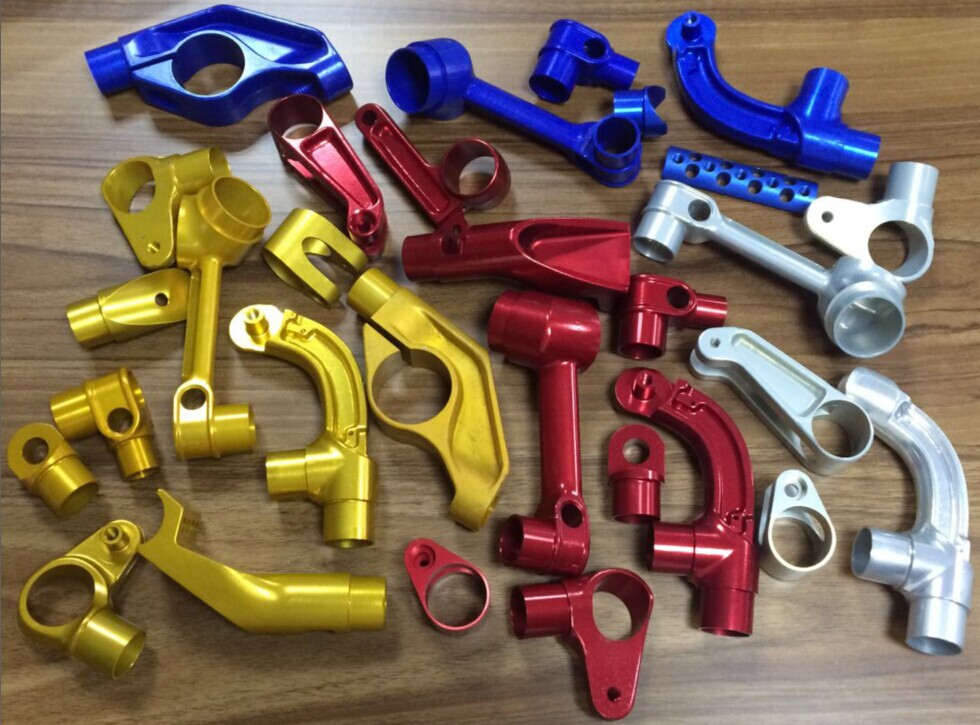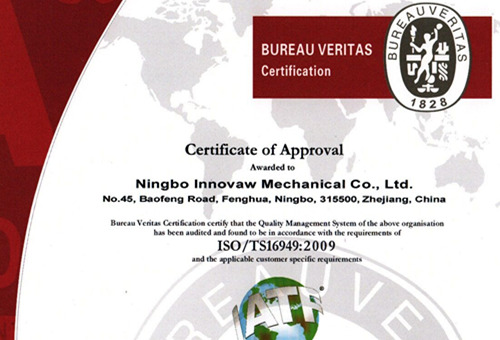
Anodizing creates a non-conductive protective coating. To achieve maximum corrosion resistance, anodized particles are boiled in a solution of nickel acetate, which effectively seals the component. Aluminum component parts that have been welded will show some discoloration on the welds after it is anodized, even if the component has been polished or line-grained. It is important to use aluminum welding rods of the same alloy to minimize any color difference.
Rack or wire marks will show on parts after anodizing. Any cosmetic or significant surfaces must be indicated prior to anodizing in order to avoid putting rack marks on them. The actual shade of dye can vary due to the type of aluminum alloy and strength of the dye concentration in the dye tank. Final assemblies of pieces that must match should be anodized at the same time to avoid a possible mismatch of color. The final color will vary depending on alloy type. Aluminum will show practically no color change because of its low amount of alloying elements. This is the best coating on aluminum in regards to color retention and brightness of dyes. During anodizing aluminum can be dyed virtually any color or shade. Aluminum castings will commonly have a dull appearance after plating due to porosity, mold contaminates, and alloying elements. There are two classes of anodizing: Class 1 and Class 2. Class 1 is a non-dyed, clear (natural) color. Class 2 is dyed, and a color must be specified. Typical thickness is .00005” to .0005”.







.png)


.png) +86-574-83036520
+86-574-83036520 +86-574-83008051
+86-574-83008051 sales@innovaw.com
sales@innovaw.com

.png)

.png)
.png)
.png)

.png)
.png)
.png)
 Anodizing creates a non-conductive protective coating. To achieve maximum corrosion resistance, anodized particles are boiled in a solution of nickel acetate, which effectively seals the component. Aluminum component parts that have been welded will show some discoloration on the welds after it is anodized, even if the component has been polished or line-grained. It is important to use aluminum welding rods of the same alloy to minimize any color difference.
Anodizing creates a non-conductive protective coating. To achieve maximum corrosion resistance, anodized particles are boiled in a solution of nickel acetate, which effectively seals the component. Aluminum component parts that have been welded will show some discoloration on the welds after it is anodized, even if the component has been polished or line-grained. It is important to use aluminum welding rods of the same alloy to minimize any color difference.








.png)

